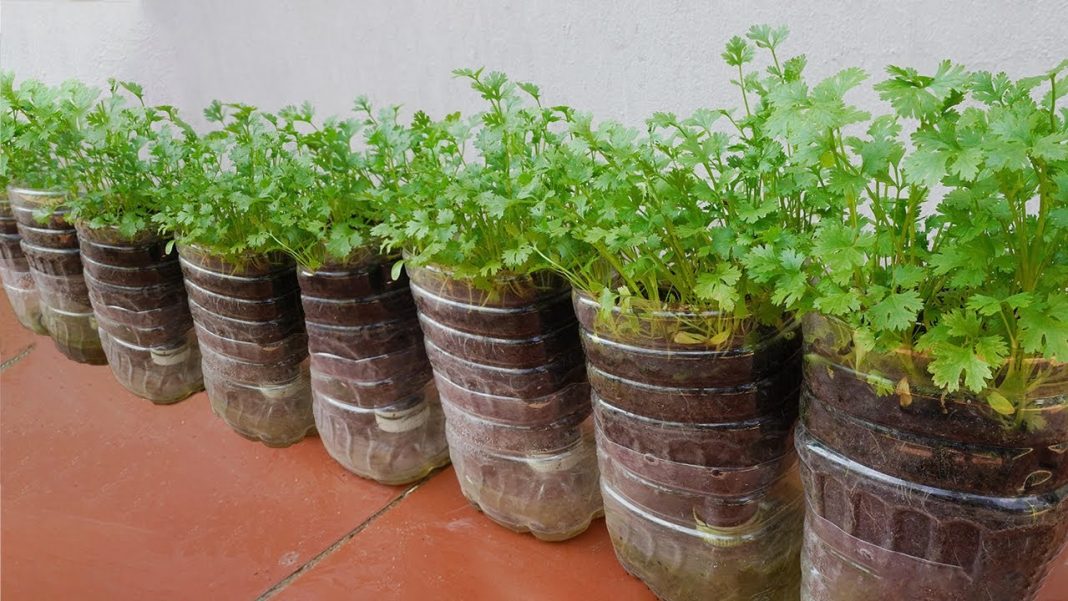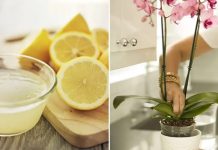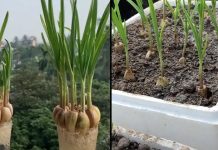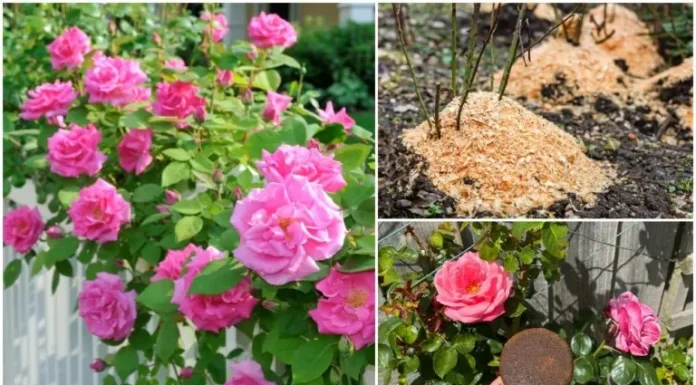If there is one herb that can transform any dish into a culinary delight, it’s coriander. Also known as cilantro, this fragrant herb has a fresh and citrusy flavor that pairs well with many cuisines, from Mexican to Thai to Indian. It’s a staple ingredient in salsa, curry, soup, salad, and more. It’s also rich in vitamins, minerals, and antioxidants that can boost your health and immunity.

But what if you don’t have access to fresh coriander at your local market or grocery store? Or what if you want to save money and avoid pesticides by growing your own organic coriander? Or what if you simply love coriander so much that you want to have it handy whenever you need it?
The good news is, you don’t need a large garden or a lot of space to grow coriander. You can grow it in pots, right in your balcony, patio, windowsill, or kitchen. It’s easy, fun, and rewarding. You just need some basic supplies and a little bit of care. And the best part is, you can enjoy fresh coriander all year round, no matter what the season or the weather.
In this guide, I’ll share with you how to grow coriander in pots, step by step and you will be amazed by how much you can harvest from a small space.
Table of Contents
What do I need to grow coriander in pots?
To grow coriander in pots, you will need the following items:
- A pot that is at least 20 cm wide and deep, with drainage holes
- Potting mix, preferably organic and well-drained
- Coriander seeds or stems with roots
- A sunny or partly shaded spot
- A watering can
- A pair of scissors or a knife
- A liquid fertilizer, optional
Choosing the right Pot or Container
Choosing the right pot for growing coriander is an important step to ensure the success of your herb garden. Coriander can be sensitive to heat, moisture, and nutrients, so you need to provide it with the optimal conditions for its growth.
Here are some tips on how to choose the right pot for growing coriander:
- The pot should be at least 12 inches deep and 18 inches wide to accommodate the long taproot and the bushy growth of coriander.
- The pot should have drainage holes at the bottom to prevent waterlogging and root rot.
- The pot can be made of any material, such as plastic, clay, or ceramic, but plastic pots can help retain moisture and humidity, which coriander prefers.
-
- Take healthy stems that have roots. Cut the stems leaving 5 cm of stems above the origin of the roots.
- Plant these stems in your pot, at about 10 cm apart, and press the soil firmly around them.
- Water them thoroughly after planting and place the pot in a sunny or partly shaded spot. Keep the soil moist but not wet, and avoid overwatering, as this can cause root rot.
- Feed the plants weekly with a diluted liquid fertilizer, if you want to enhance their growth and flavor.
- Harvest the leaves as needed, by snipping them off at the base of the stem. You can also let some plants flower and produce seeds, which you can collect and use as a spice or for replanting.The pot should be placed in a sunny or partly shaded spot, where the temperature is between 15°C and 25°C. Coriander can bolt (flower and set seed) quickly in hot or dry weather, so you may want to protect it from direct sunlight or move it indoors during the hottest part of the day.
Choosing the right Soil
Choosing the right soil for growing your plant is important for the plant’s health and productivity. The best soil for growing coriander in pots or containers should be well-draining and full of organic matter and nutrients. You can either buy a potting mix made specifically for herbs or make your own by mixing equal parts of peat moss, perlite, and vermiculite. To give it an extra boost, add some compost or well-rotted manure. Coriander prefers soil that’s slightly acidic to neutral, with a pH between 6.0 and 7.5, so it’s a good idea to test your soil with a kit from your local garden center or hardware store. If the pH is off, you can tweak it by adding lime to make it more alkaline or sulfur to make it more acidic. Also, coriander needs plenty of air in the soil to thrive. To ensure good aeration, mix in some coarse sand or perlite, which will help keep the soil light, fluffy, and well-draining.
How to Grow Coriander in Pots
Once you have your pot and potting mix ready, it’s time to plant your seeds. Start by selecting high-quality coriander seeds from a reputable supplier or your own plant if you’ve previously harvested seeds.
How to Grow Coriander in Pots from Seeds

Credit: Freepik Growing coriander from seeds is a simple and inexpensive way to start your own herb garden. Here are the steps to follow:
- Fill your pot with potting mix, leaving a few centimeters of space at the top.
- Sow the seeds about 0.5 to 1 cm deep and 2.5 cm apart, and cover them lightly with soil.
- Water the seeds well and place the pot in a warm and sunny location. Keep the soil moist but not soggy until the seeds germinate, which can take from one to three weeks.
- Thin out the seedlings to about 15 to 20 cm apart, when they have two or three true leaves. You can use the thinned-out seedlings in salads or soups.
- Feed the plants weekly with a diluted liquid fertilizer, if you want to boost their growth and flavor.
How to Grow Coriander in Pots from Stems

Credit: Freepik Another way to grow coriander in pots is to use stems with roots, which you can buy from a grocery store or a nursery, or get from a friend who has a coriander plant. This method is faster and more reliable than growing from seeds, as you can skip the germination and thinning stages. Here are the steps to follow:
Proper Care and Maintenance
Proper care and maintenance are essential for ensuring healthy coriander plants and it is not very difficult, as long as you follow some basic tips.
- Water your it regularly, keeping the soil consistently moist but not waterlogged.
- Place the pot in a sunny location where the plants can receive at least 6-8 hours of sunlight per day. If growing coriander indoors, consider supplementing natural light with a grow light to ensure adequate illumination.
- Fertilize your plants every 4-6 weeks with a balanced fertilizer to promote robust growth and flavor development.
How to Harvest and Store Properly
Coriander is best used fresh, as it loses its flavor and aroma quickly when dried or frozen. However, you can still store it for a short time, if you follow these tips:
- To harvest, cut the leaves and stems with a sharp scissors or a knife, as close to the soil as possible. You can harvest the whole plant at once, or just a few leaves at a time, depending on your needs.
- To store fresh, wash and dry the leaves and stems, and wrap them loosely in a damp paper towel. Place them in a plastic bag or a container, and store them in the refrigerator for up to a week.
- To store the seeds, wait until the flowers have dried and turned brown, and the seeds have become hard and round. Cut the seed heads and place them in a paper bag. Shake the bag gently to release the seeds, and discard the stems and flowers. Store the seeds in an airtight jar, in a cool and dark place, for up to a year.
How to Prevent Common Problems
Coriander is generally easy to grow, but it can sometimes face some challenges, such as:
- Bolting: Instead of producing more leaves, your Coriander plants produces flowers and seeds prematurely. This can happen when the plant is exposed to high temperatures, dry soil, or long days. To prevent bolting, keep the soil moist, provide some shade, and harvest the leaves regularly.
- Pests and diseases: The plant can be attacked by aphids, spider mites, whiteflies, and fungal diseases, such as powdery mildew and root rot. To prevent pests and diseases, keep the plants healthy, well-spaced, and well-watered, and remove any infected or damaged parts. You can also use organic pesticides or fungicides, if needed.
Conclusion
Growing coriander in pots is a fun and easy way to have fresh and aromatic herbs for cooking. Seeds or stems can be used to start the plants, and they only require some basic items and some care. Watering, feeding, and harvesting the plants regularly will ensure a good supply of this amazing herb.










